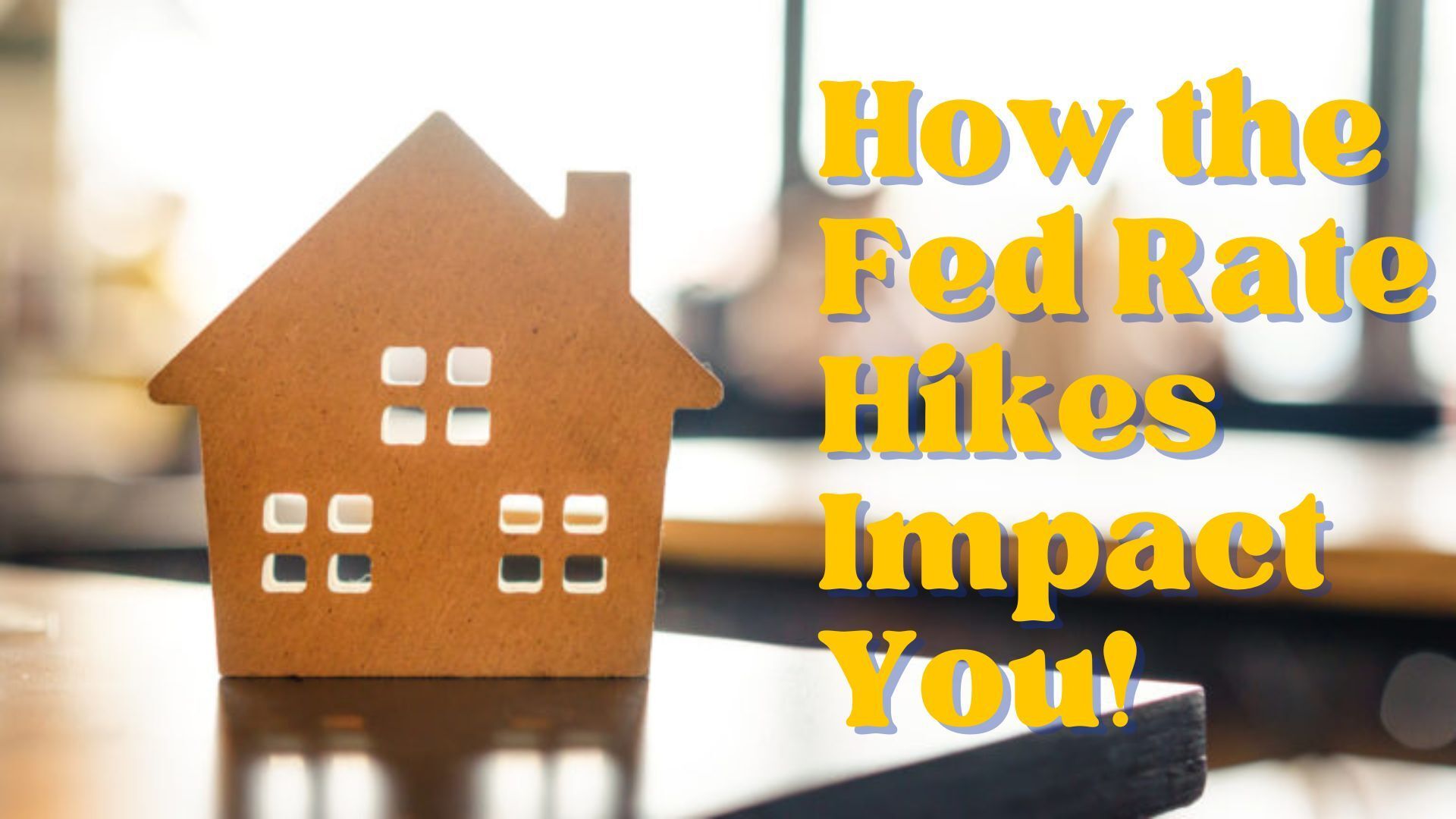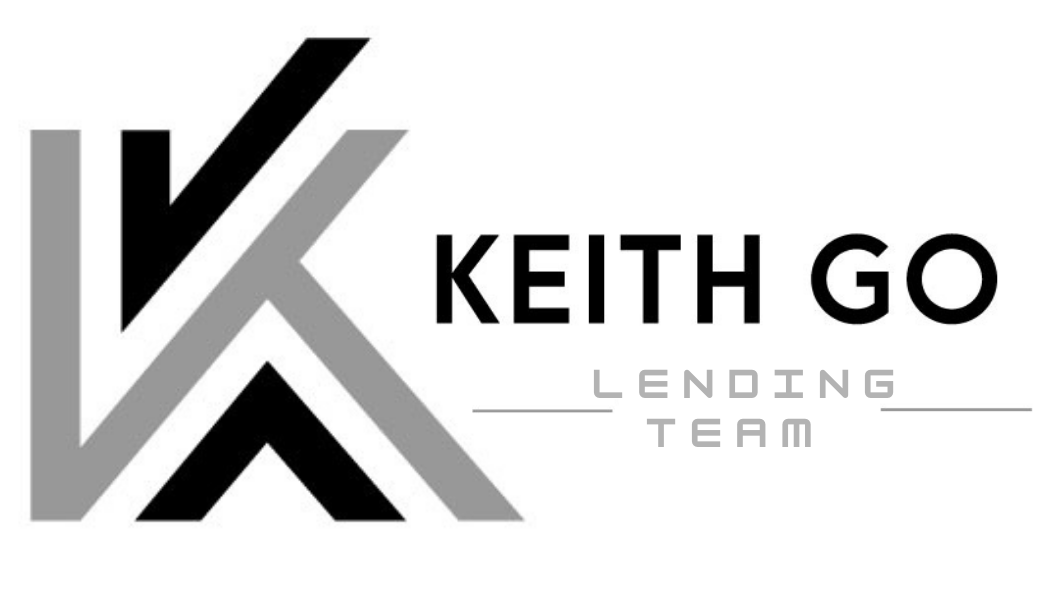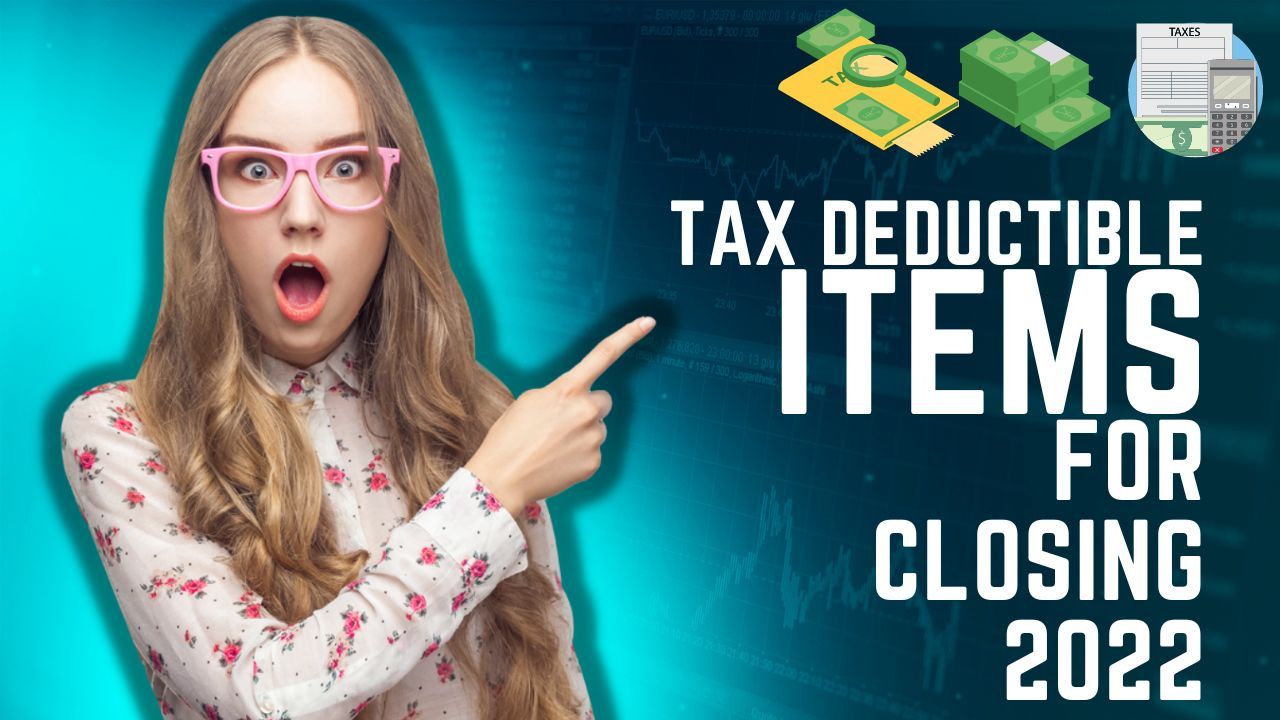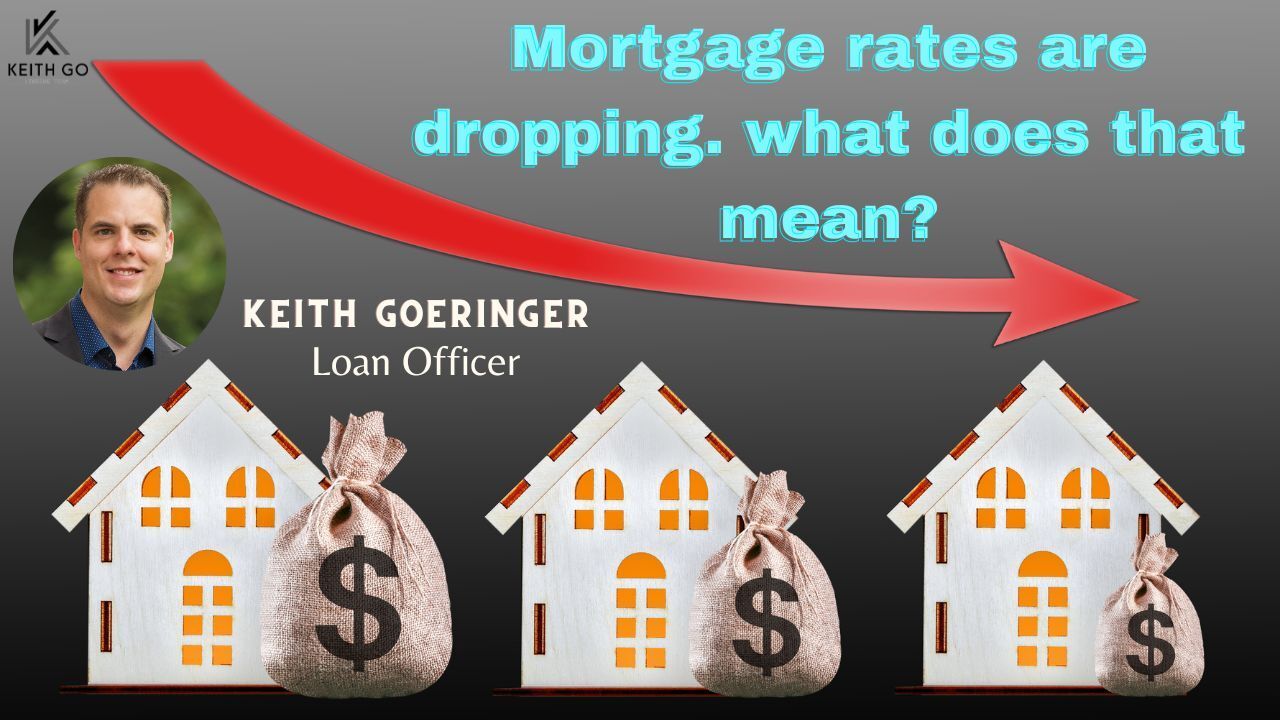How the Fed Rate Hikes Impact You!
The Federal Reserve increased short-term interest rates (known as the Federal Funds Rate) by 0.75% on November 2. This means the Fed Funds rate is currently 4%. The Prime Rate is based on the Fed Funds rate. The Prime Rate is set by large banks and is often used to determine the interest rates on lines of credit, credit cards, and business loans (see below). The formula for Prime is Fed Funds Rate + 3. This means the Prime rate is currently 7%. Here are four ways this could impact you:

The Federal Reserve increased short-term interest rates (known as the Federal Funds Rate) by 0.75% on November 2. This means the Fed Funds rate is currently 4%. The Prime Rate is based on the Fed Funds rate. The Prime Rate is set by large banks and is often used to determine the interest rates on lines of credit, credit cards, and business loans (see below). The formula for Prime is Fed Funds Rate + 3. This means the Prime rate is currently 7%. Here are four ways this could impact you:
1. MORTGAGE RATES
Mortgage rates on fixed-rate mortgages are NOT impacted by changes to the Federal Funds rate. Mortgage rates fluctuate based on the supply and demand for mortgage bonds in the bond market. The Fed has been the biggest buyer of mortgage bonds in recent years, which caused mortgage rates to go down to record levels. The Fed is currently in the process of exiting its bond-buying programs. That's why the average interest rates on fixed-rate mortgages went up by more than 3% so far this year according to Freddie Mac's weekly survey of mortgage rates. Expect mortgage rates to continue drifting higher as the Fed continues to exit its pandemic-era bond-buying programs.
As for adjustable-rate mortgages (ARMs), those rates may be impacted by the Fed rate hikes, depending on which index is being used on your ARM. Even so, rates on ARMs are still very attractive compared to fixed-rate loans. Contact me for more information on this or to evaluate your current options.
2. HOME EQUITY LINES OF CREDIT (HELOCs)
Interest rates on home equity lines of credit (HELOCs) change whenever the Fed changes rates. That's because HELOCs are based on the Prime Rate, which went up to 7%. HELOCs are typically quoted at Prime + a certain percentage. For example, if your HELOC is Prime + 1, your HELOC interest rate would be 8%. HELOC interest rates are likely to continue moving higher as the Fed continues to hike interest rates.
3. CREDIT CARDS
Interest rates on credit cards change whenever the Fed changes rates. That's because credit cards are based on the Prime Rate, which went up to 7%. Credit Cards are typically quoted at Prime + a certain percentage. For example, if your credit card is Prime + 10, your credit card interest rate would be 17%. Credit card interest rates are likely to continue moving higher as the Fed continues to hike interest rates.
4. BUSINESS LOANS & LINES OF CREDIT
Interest rates on business loans and lines of credit generally change whenever the Fed changes rates. That's because business loans and lines of credit are often based on the Prime Rate, which went up to 7%. Business loans and lines of credit are typically quoted at Prime + a certain percentage. For example, if your business line of credit is Prime + 3, your interest rate would be 10%. Business loan interest rates are likely to continue moving higher as the Fed continues to hike interest rates.
The body content of your post goes here. To edit this text, click on it and delete this default text and start typing your own or paste your own from a different source.
Share This Blog










